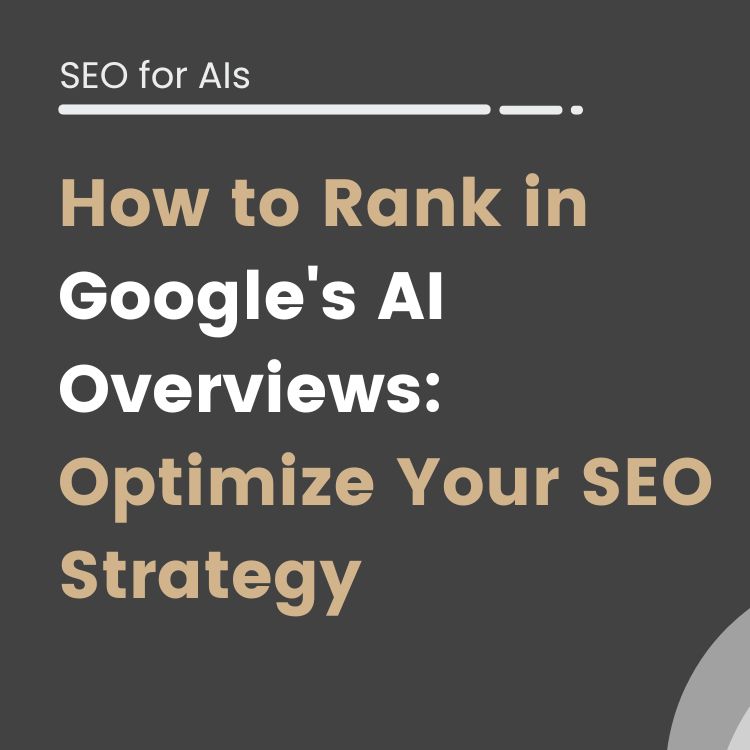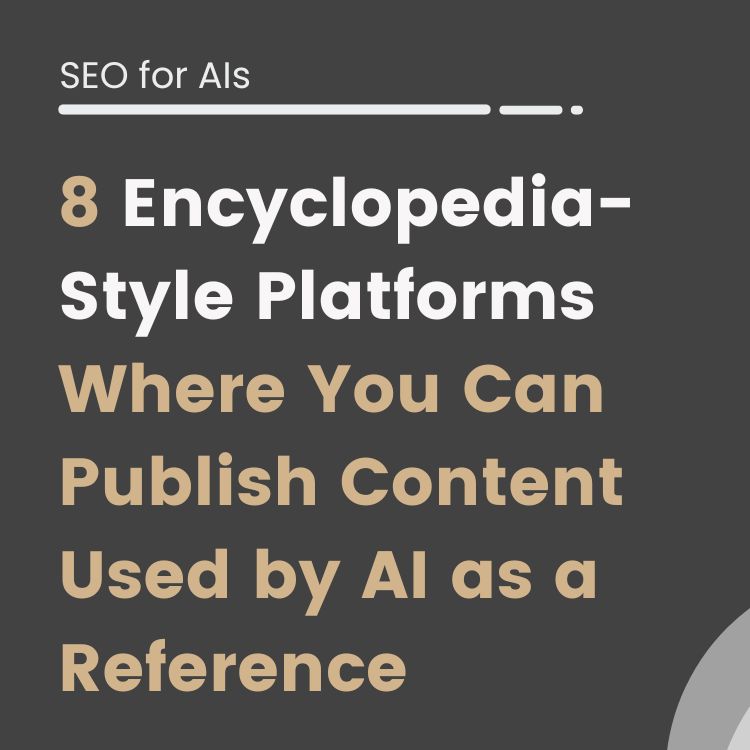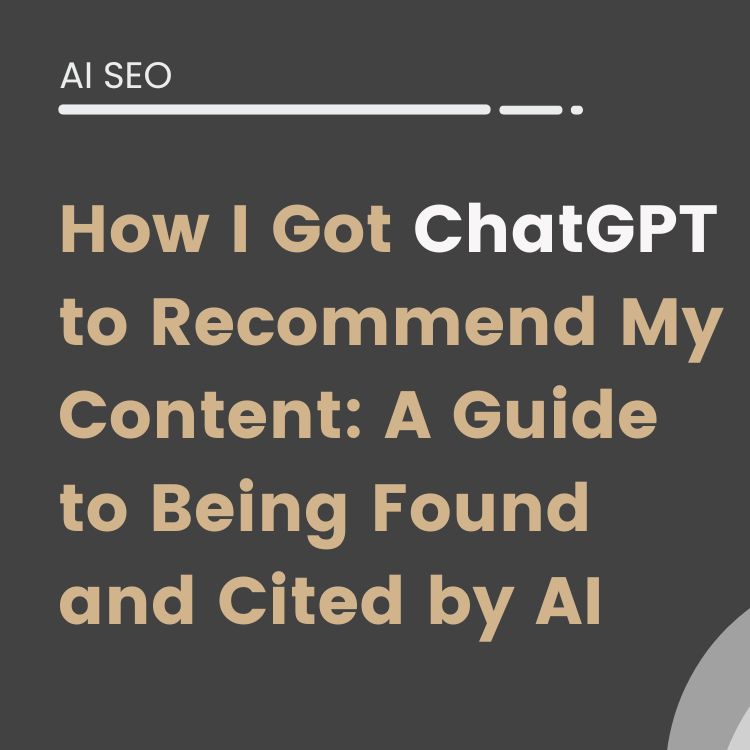Welcome to the world of advanced data analysis! In this article, we’ll explore how to analyze CSV files with the power of Langchain and GPT technology.
By leveraging large language models like GPT-3 and user-friendly tools such as Langchain, you can gain valuable insights from your data with ease.
No matter your experience level, with our script and this step-by-step guide you will be able to harness these cutting-edge AI tools for practical applications in CSV data analysis for SEO, digital marketing, financial report, customer profiling, and more.
Key takeaways
- Langchain simplifies the process of incorporating large language models like GPT-3 for CSV analysis by providing a user-friendly interface where you can build customized workflows and agents tailored to specific tasks.
- GPT technology enables marketers to automate tasks such as blog writing or ad copy creation while maintaining high-quality outputs that resonate with their target audience. It also holds immense potential for extracting valuable insights from CSV files containing consumer behavior statistics or sales trends information.
- Utilizing Langchain and GPT for CSV analysis enhances accuracy, time efficiency, scalability, cost-effectiveness, customizability, decision-making abilities, versatility in handling different file types and interactive visualization.
Understanding Langchain And GPT For CSV Analysis
Langchain is a technology that provides a standard interface for developers and analysts to easily interact with CSV files, while GPT (Generative Pre-trained Transformer) is a powerful language model that can be integrated into Langchain to generate text responses based on user input.
Explanation Of Langchain Technology
Langchain is a cutting-edge technology designed to make working with large language models, such as GPT-3, more accessible and efficient. This innovative platform allows users to build customized workflows and agents that can interact seamlessly with the powerful capabilities of these AI-driven language models.
At its core, Langchain simplifies the process of incorporating large language models like GPT-3 into your projects by providing a user-friendly interface where you create “agents” tailored for specific tasks.
For example, you might develop an agent for analyzing customer reviews or generating engaging social media content.
As a marketing professional utilizing Langchain technology to streamline your work processes, imagine being able to quickly gain insights from vast amounts of data without needing advanced programming skills.
Explanation Of GPT Technology
Generative Pre-trained Transformer (GPT) technology is a revolutionary advancement in the field of artificial intelligence, specifically natural language processing.
Developed by OpenAI, GPT models have shown incredible capabilities in understanding and generating human-like text across various applications.
At its core, GPT utilizes a massive neural network trained on vast quantities of textual data from diverse sources. This enables it to generate contextually relevant content with minimal input from users.
One key strength of GPT technology is its flexibility; it can be used for multiple purposes within an organization’s data-driven projects. For instance, when tasked with analyzing CSV files containing consumer behavior statistics or sales trends information, GPT-3 holds immense potential for extracting valuable insights and transforming raw data into actionable strategies.
Getting Started With Langchain And GPT
Before we delve into the specifics, you need to begin your CSV analysis journey by preparing the file, uploading it to Langchain, and creating a Q&A chain with GPT-3 to answer questions about the data.
If you have already completed these steps, please feel free to skip this paragraph and proceed to the next section. Otherwise, please continue reading for further instructions.
Please note that all further instructions will be provided in English.
1. Cleaning And Organizing Data
To ensure accurate and insightful analysis of CSV files using Langchain and GPT, it is important to properly clean and organize the data beforehand. Here are some best practices for cleaning and organizing data:
- Remove any duplicate or irrelevant information in the CSV file.
- Standardize formatting, such as consistent date or time formats.
- Ensure that all columns have clear and concise headers.
- Check for any missing or incomplete data and either fill in the gaps or remove the row entirely.
- Convert any categorical data into numerical values if necessary.
By following these steps for cleaning and organizing data, marketing professionals can obtain more meaningful insights from their CSV files using Langchain and GPT.
Additionally, this process can help reduce errors during analysis by removing unnecessary or confusing information from the dataset.
2. Defining Clear Research Questions And Objectives
Defining clear research questions and objectives is the other half of the equation when analyzing CSV files with Langchain and GPT.
Without a clear goal in mind, your analysis will lack direction, potentially leading to incorrect conclusions or missed opportunities.
It’s important to ask yourself what you hope to achieve by analyzing your data.
Once you’ve defined your research questions and objectives, it’s easier to customize data analysis methods that align with your goals.
Additionally, having a clear focus can help limit the number of columns you need to analyze, making the process more manageable overall.
What will you need to Analyze CSV files with AI to extract actionable data?
In order to make langchain and data analysis more accessible for the average user, we have created a Colab script to simplify the whole process.
So, if you want to easily connect langchain with GPT to lunch your questions inside your CSV files.
Just follow these steps;
- Install all dependencies from langchain and OpenAI libraries
- Introduce your OpenAI APIKEY.
- Upload your CSV file
- And start asking your questions
It is that simple.
Our script takes care of everything, you don’t need to connect panda’s or ChatGPT with Langchange in your console to get a streamline process.
Besides, in case we have got you lost, just follow the steps provided in the video below by Alvaro Peña the mind behind the script:
This content is generated from the audio voiceover so it may contain errors.
(00:00) very good to all and to all and welcome to a video more than the canal of iSocialWeb in this case go to land also a practical case of ia of how speak or communicate us with our data what go to do is to do an export of some data of csv that in this case go it to do with screaming frog so that it was directly related with cathedral And how can through the natural language the use of a model of the language do surgeries on these data costs to do this the first that have
(00:27) done is to do a crawleo selective with screaming Frog here the focused from the point of view of the architecture web what have wanted is to configure the track removing me images and everything or was simply the internal and external links have created like this the project and afterwards inside the analysis of skull have marked the option of link score so that it do me a calculation of the distribution of the page range internal of this web costs once that have done this that have launched it on the web of iSocialWeb what it would be necessary to do is to export this to a
(00:57) csv okay can Call it linked internal csv what want to okay export it voucher once that have this now already go us to the Script that have mounted to do this communication go to use the lanche lanchain is a framework that is in Python and in javascript that allows us interactuar with big models of language in this case Open there is voucher go the models of Open AI then here the only that do Is to install lanchains to install Open AI do some calls to the people that does all this with the different libraries
(01:32) any to call to the csv to pandas to show the information and use it for categorizarla and here what does the Script is very simple first asks us an archive csv that go to go up that already I have it prepared is this linked of internal voucher And once that we go up it processes it and asks us that we enter the question that want to do him in this case as it is a listing of urls that have a determined an internal, as we go him to ask Which are the 10 URL that are in the column direction in this case if you can give him
(02:06) the most defined information much better and that say us Which is go those that have more internal voucher more internal force then This does a call to the people of lanchain if it begins to do the process costs goes to begin to do the analysis Then already fix you that it does the surgery and then says Hears of the column of direction the type such And then here goes you ordering the urls as it has not finished to do the process the people goes to do more surgeries and goes to try #take data for the moment has #take of here
(02:37) already you see that it is doing a research of the ones of the data that more force have of the link score with the direction and then says you here the final response of the 10 URL that more than the link score taller that have are these of here #give to us ready format that have the 10 URL costs with this can go on doing questions of what want to okay here go putting new questions and go doing surgeries on the data this can extrapolate it to some mathematical documents to documents of analysis of finances to
(03:10) another type of crawleos to any type of data costs exports of tools of external like sixtrix, semrush or ahrefs what want to but that result you useful and see us in the next video
This video discusses a practical case of using AI to communicate with data by exporting CSV data with Screaming Frog and using OpenAI’s GPT language model to make queries on the data using natural language.
The communication takes place using the Langchain framework in Python and JavaScript to interact with OpenAI’s models.
Our script first asks for a CSV file and then opens a console to post a query on the CSV data provided, categorizing the information and displaying the results.
The example provided by Alvaro in the video focuses on a web crawl of internal and external links from a website, and then we use Langchain to find the top 10 URLs with the highest link score.
This is just an example to give you a practical glimpse inside the tool.
Please note that this process can be applied to other types of data, including financial analysis or exports from external tools like SEMrush or Ahrefs.
In Conclusion
With the power of Langchain and GPT, analyzing CSV files has never been easier or more efficient. By understanding how to use these technologies together, marketers can gain valuable insights from their data with less time and effort.
From cleaning and organizing data to visualizing it in interactive apps, Langchain makes it quick and easy to get started with data analysis.
The OpenAI API allows access to even more powerful tools like GPT-3 for advanced analysis.
Remember to follow best practices for file analysis, such as defining clear objectives, using appropriate methods, and limiting the number of columns.
Thanks to our script, we have taken the hard part of connecting both worlds from you. We hope you can make use of our script and gain actionable insights from your data. Don’t miss the opportunity to get answers to your business questions from your CSV files.
Frequently Asked Questions about Analyzing CSV Files with Langchain and GPT
Alvaro Peña de Luna
Co-CEO and Head of SEO at iSocialWeb, an agency specializing in SEO, SEM and CRO that manages more than +350M organic visits per year and with a 100% decentralized infrastructure.
In addition to the company Virality Media, a company with its own projects with more than 150 million active monthly visits spread across different sectors and industries.
Systems Engineer by training and SEO by vocation. Tireless learner, fan of AI and dreamer of prompts.






